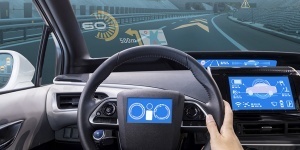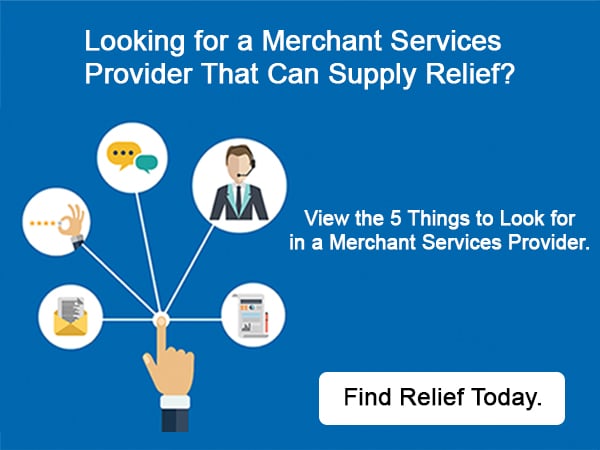By 2020, global Internet of Things (IoT) spending is expected to reach $450 billion per year, making it one of the fastest growing tech market segments.
Though most of this growth has centered on smart homes and businesses, the rise of connected vehicles presents an emerging market ripe for IoT. In fact, Gartner Research forecasts that about one in five vehicles worldwide will be connected to the IoT eco-system by 2020. This could open more than 250 million vehicles on the road to seamless in-vehicle payment and purchasing options in the short term. As self-driving vehicles become more prevalent and capable, another level of services will become viable.
Today’s Innovations
While connected cars have been around for almost a decade, that base is set to accelerate rapidly when the technology trickles down from high-end vehicles to the mass market. Consumer trust is also trending in the right direction with mobile payments laying the groundwork for consumers to rely on technology to keep their transactions secure.
Gas is perhaps the most obvious transaction opportunity for a connected vehicle, and numerous trials exist already. Car manufacturers have rolled out an app in partnership with gas stations that allows customers to select and pay for their fuel from their vehicle dashboard. Not only should this kind of transaction save customers from swiping their card or navigating through menus at gas station terminals, but also the vehicle will naturally know how much fuel it needs and the cost.
The connected car feature that will have city dwellers cheering is parking integration. Functionalities that help drivers find available parking spots have already been rolled out. With several strategic partnerships already in the works, companies are designing end-to-end solutions that will allow users to locate, reserve and pay for parking from a car’s dashboard.
Mobile payments at drive-thru windows are already fairly commonplace, but paying through a connected car will dramatically improve this experience. There will be no need for passing a point of sale terminal back and forth or reaching a phone out of the car to be scanned. Using a connected car, your food or drink will already be paid for you when you arrive at the window. An early version of this can be seen in the partnership between one leading e-commerce company’s artificial intelligence technology integrated with a major U.S.-based car manufacturer’s vehicles. This early collaboration allows car owners to make mobile orders at select restaurants from behind their wheel through voice activation.
Moving to more passive transactions, connected vehicles are set to dramatically impact the way drivers use tolls – there will be no need for the special hardware that is typically required in states that have a toll system. The ability for anyone with a connected car to utilize automated lanes will increase the capacity of tolling stations and, in turn, reduce traffic congestion on interstate highways.
The Road Ahead
The next few years of connected vehicles present an enormous market with new opportunities, challenges and considerations to stakeholders across the payments value chain. At a fundamental level, with connectivity comes commerce capability. More endpoints means an expanded acceptance network, and ultimately, more opportunities for engagement and transacting. Merchants and payments providers unable to deliver a seamless experience in this new world will risk losing their customers in a confusing and convoluted web of connected “things.”
Looking farther down the road, fully autonomous vehicles offer the new and next payment opportunity for connected cars. Drivers will be freed from having their eyes locked on the road and will be safely able to conduct business or handle household affairs from their vehicle. This alone represents a tremendous change, and without a human driver, in-car technology is free to do much more. In this truly driverless future, the vehicle itself will be able to complete the trip to the gas or charging station while you are running an errand or eating lunch. While you are finishing up your work day the car could pick up pre-ordered groceries and meet you as you walk out your office door. Whether it is private cars or ride-sharing programs, the flow of transactions through connected vehicles is going to keep accelerating.
1“How Providers Can Succeed in the Internet of Things,” Bain & Company, 2016.
2“Gartner Says By 2020, a Quarter Billion Connected Vehicles Will Enable New In-Vehicle Services and Automated Driving Capabilities,” Gartner Inc., January 2015.
The article and information provided herein are sponsored by Discover Global Network for informational purposes only based on independent research and are not intended as a substitute for professional advice.









 Facebook
Facebook Twitter
Twitter LinkedIn
LinkedIn Youtube
Youtube Glassdoor
Glassdoor